Virtual Infidelity: Is Cheating with an AI Girlfriend Considered Adultery?
By: Carolyn Potts
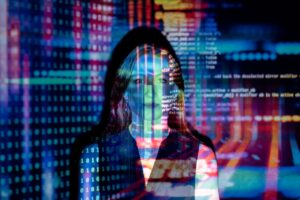
Her, a film about a man who falls in love with a virtual assistant, was released in 2013.[1] When the movie came out, virtual affairs may have seemed like science fiction, but now, twelve years later, “virtual infidelity” has become a harsh reality for a growing number of couples. For many people, Artificial Intelligence (“AI”) is seen as a tool to answer questions or to manage tasks, but for some, it provides a sense of romantic companionship. Platforms generating AI girlfriends are experiencing a massive growth in popularity, with millions of users.[2] While most of these searches are initiated by young single men, many users engaging in relationships with AI chatbots are married to real life people.[3] The recent rise in AI love affairs begs the question, how do these virtual relationships factor in to divorce cases?

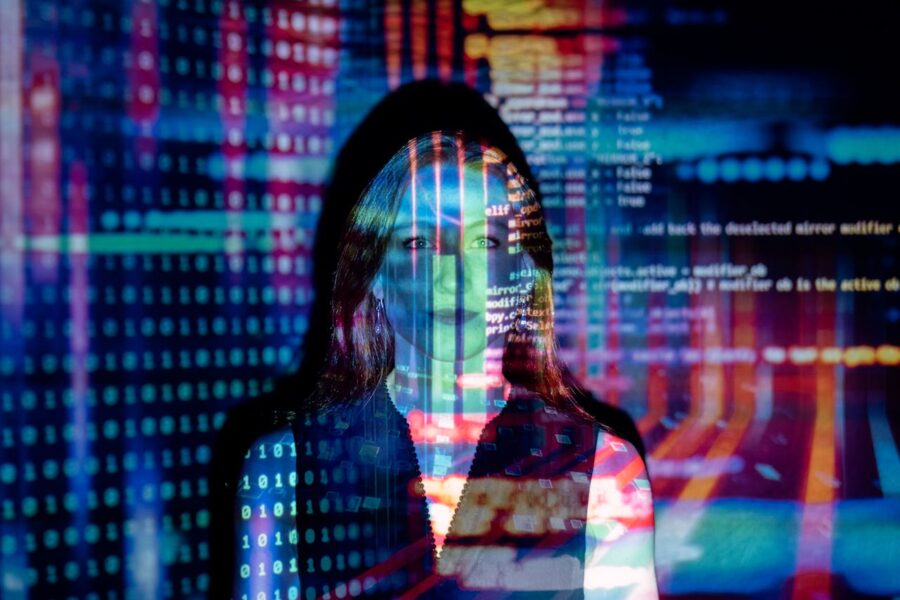



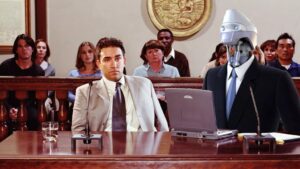

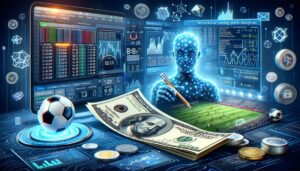
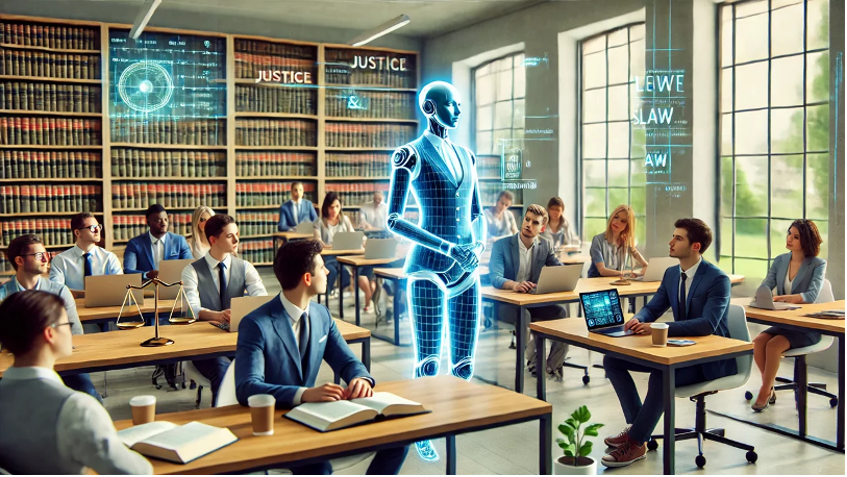

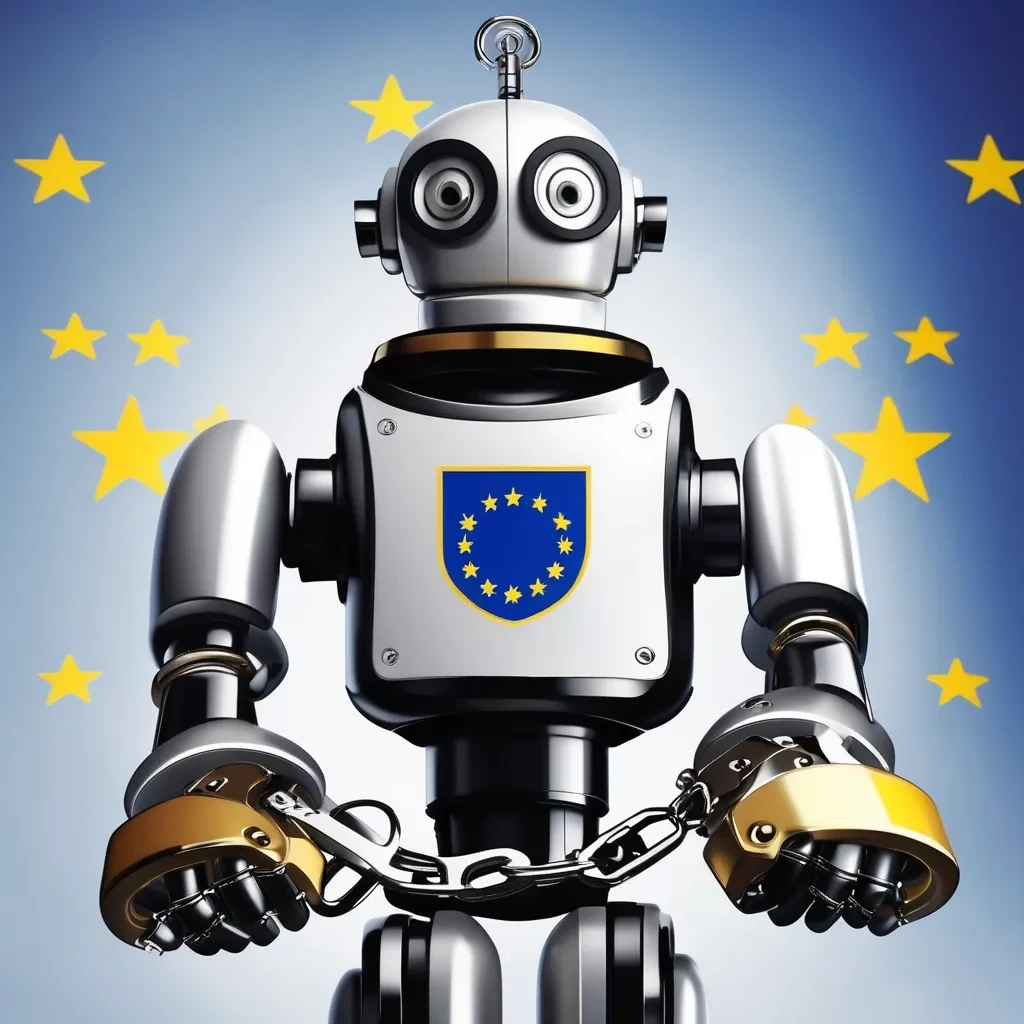 The EU AI Act: Pioneering Regulatory Framework for Artificial Intelligence
The EU AI Act: Pioneering Regulatory Framework for Artificial Intelligence
